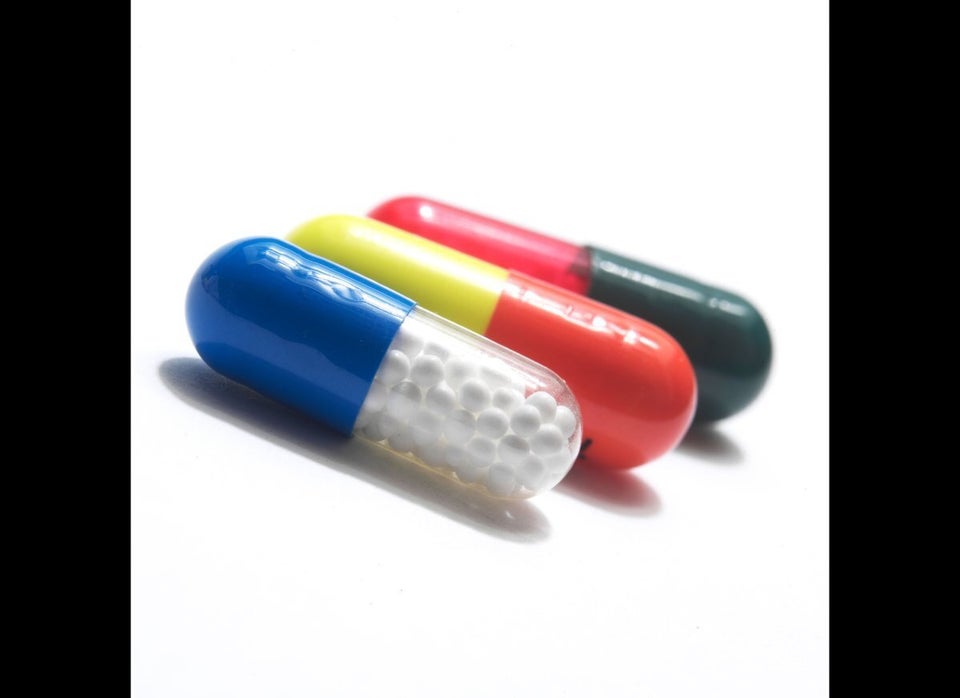Asian scientists have created a miniature crab-like robot, complete with a pincer and hook, that can remove early stomach cancer - without leaving any scarring or causing hemorrhages.
Researchers from the Singapore National University Hospital were inspired by Singapore's famous chilli crab dish and designed the mini-robot after having a 'light bulb' moment following a seafood dinner with Hong Kong’s top surgeon, Sydney Chung.
"Sydney Chung suggested we used the crab as a prototype. The crab can pick up sand and its pincers are very strong," said gastroenterologist, professor Lawrence Ho, who led the research.
The crab device is mounted on an endoscope with a tiny camera attached and entered into the patient gut through the mouth. The surgeon is able to control the robotic legs of the 'crab' as it investigates the stomach area.
The pincer clippers grab hold of the offending tumour while the hook slices it off and helps the blood coagulate to avoid internal bleeding.

Professor Lawrence Ho, who helped produce the robotic device, revealed that it's so far removed early-stage stomach cancers in five patients in India and Hong Kong. Louis Phee, from Singapore's Nanyang Technological Institute also helped design the robot with Ho.
This procedure takes a fraction of the time of operating with keyhole surgery - which can leave patients open to infection and scarring, adds professor Ho.
"Our movements are very huge and if you want to make very fine movements, your hands will tremble ... But robots can execute very fine movements without trembling," explains Professor Ho.
Talking to the Journal of Gastroenterology, professor Ho added: "These robots are capable of executing extremely complex movements without shaking."
Stomach cancer is the second leading cause of cancer-related deaths worldwide and is particularly common in Asia. Diagnosis is often made during the later stages of the disease when treatment is difficult and often unsuccessful.
Scientists have created a company and hope to make this robot device available worldwide within three years.
"Many things are a certain way because they have evolved and adapted to certain functions. We created something that followed the human anatomy and borrowed ideas from nature and incorporated the two," concluded professor Ho.
Dr Kat Arney, science information manager at Cancer Research UK, told The Huffington Post: "Surgery is the oldest way of treating cancer but still the most important, and many researchers around the world are developing ways to make it more precise.
"This new device is an interesting idea, but it will need to be tested thoroughly in clinical trials to make sure that it is safe and effective for treating stomach cancers at an early stage."
